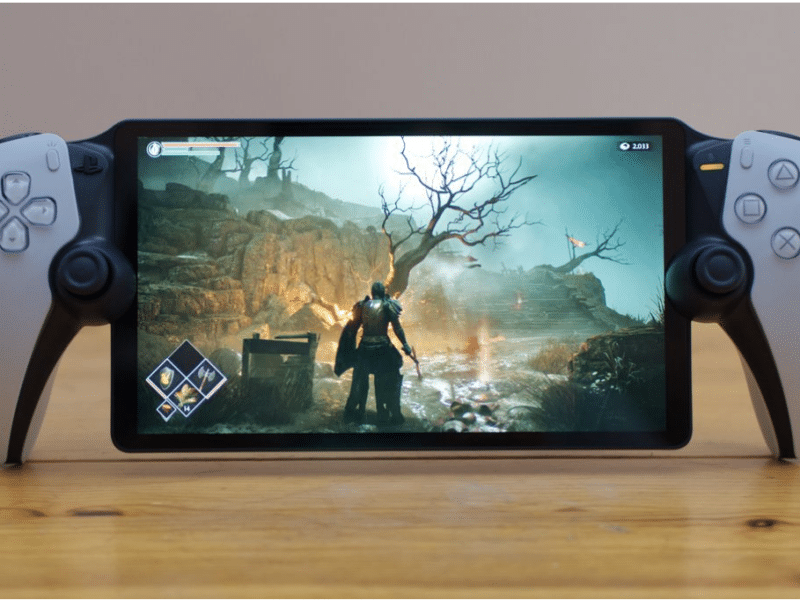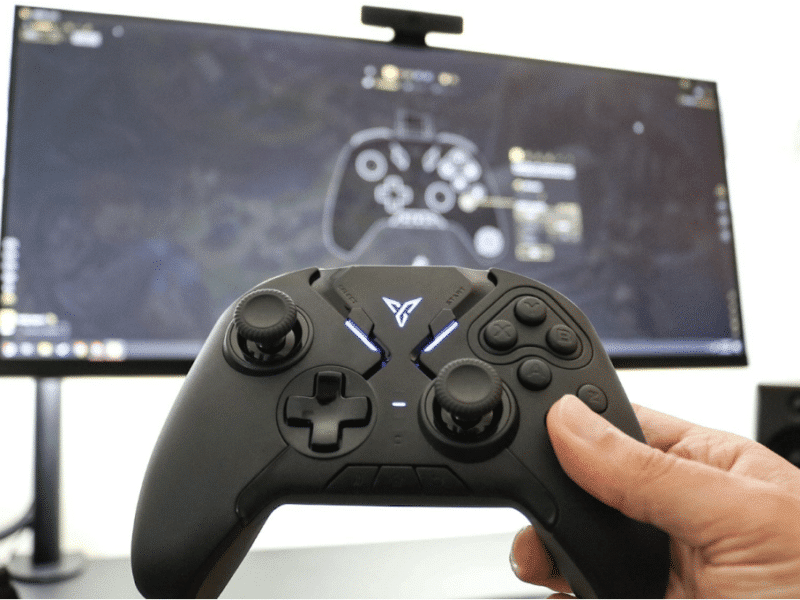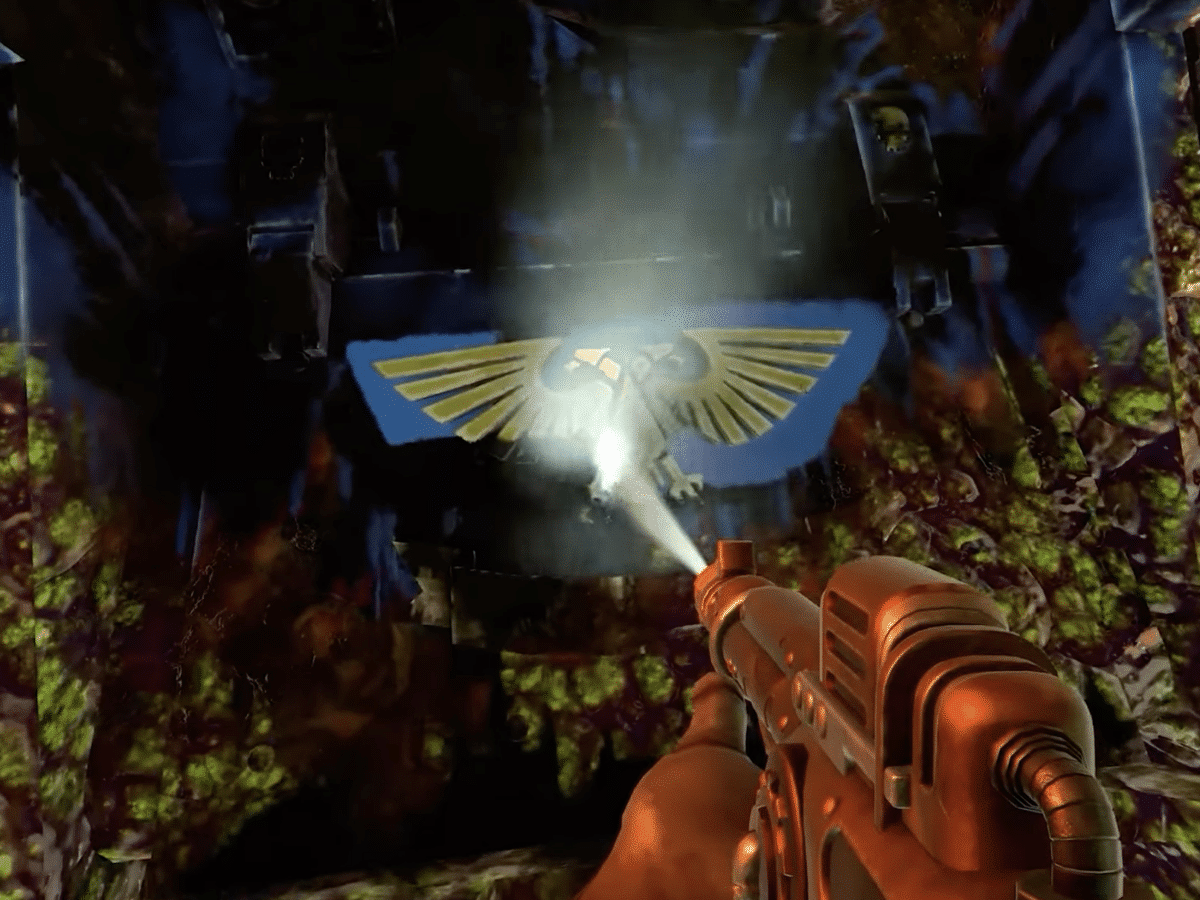The handheld gaming scene has witnessed a resurgence in recent times. Nintendo has long reigned over the dedicated handheld market, starting with the immensely popular DS line and then evolving into the hybrid Switch console. Meanwhile, PlayStation ventured into this arena with the PSP and PS Vita, though the latter struggled to gain significant traction, seemingly prompting Sony to step back from the handheld competition. But the emergence of the PlayStation Portal device might signal a fresh opportunity, potentially offering gamers an alternative to Nintendo’s established platform.
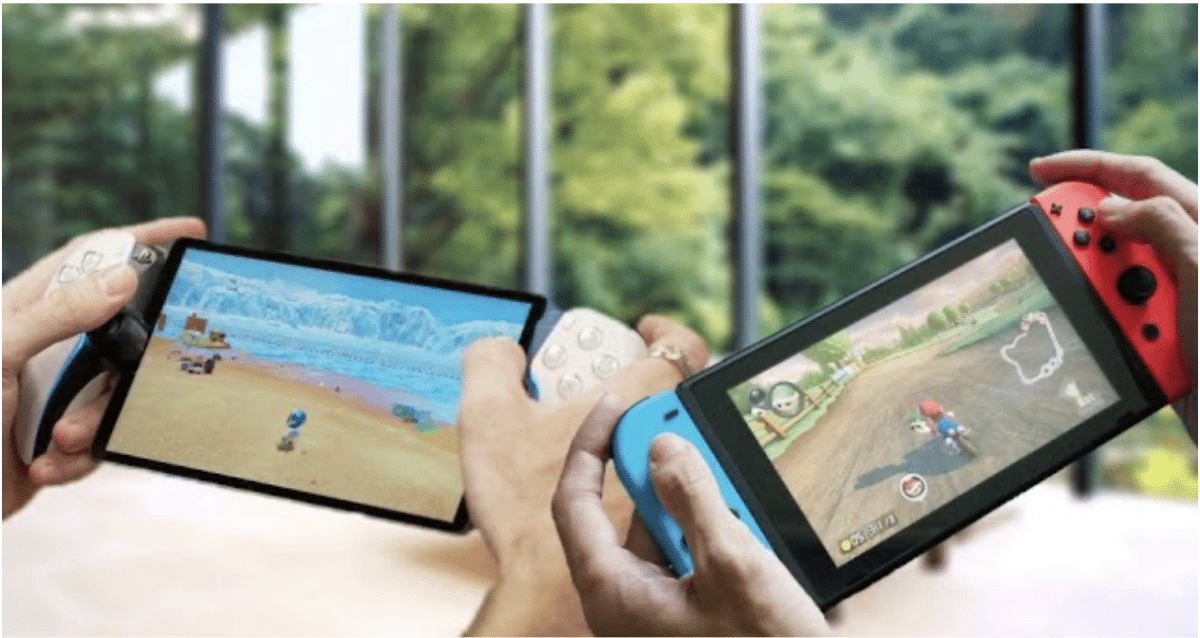
So, if you are someone who is looking to purchase either the Nintendo Switch or Playstation Portal, but aren’t quite too sure as to which one will be the best one for you, here is a full breakdown on how the two devices compare with one another.
The Specs
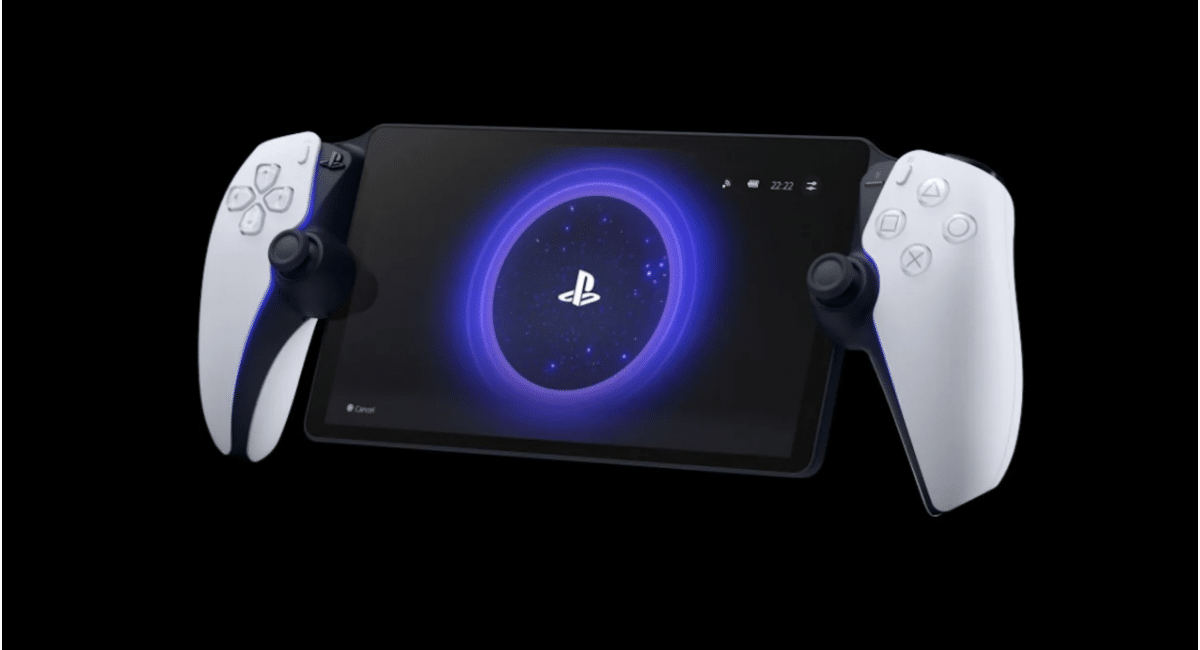
| Playstation Portal | Nintendo Switch | |
| Display | 8-Inch LCD | 6.2-Inch LCD/7-Inch OLED |
| Resolution | 1080p | 720p in handheld mode and up to 1080p in docked mode |
| Refresh Rate | 60Hz | 60Hz |
| Connectivity | Wi-Fi | Wi-Fi |
| Bluetooth | No | Yes |
| Cloud Gaming Support | No | Selected Titles |
| Battery Life | 7-9 hours | 5-9 hours |
The PlayStation Portal excels in most specification categories, particularly in screen size and resolution. It boasts a full 1080p HD output, surpassing the Switch’s 720p resolution on a smaller screen in handheld mode. While the Switch offers the option for an OLED screen, delivering richer colours, the Portal lacks support for cloud gaming, a feature available for select games on the Switch. Battery life is slightly higher on the Portal, but this varies depending on the game being played.
However, a crucial point to note is that the PlayStation Portal functions exclusively with a Wi-Fi connection to your PS5. It operates solely as a remote-play device, unlike the Switch, which operates independently. This means the Portal isn’t suitable for portable use without a PS5 connection, unlike the Switch, which can be used on the go, such as during bus rides or flights. Additionally, input lag could be a concern since gameplay streamed from your console may be affected by varying responsiveness based on your home internet speeds.
Graphics

When it comes to graphical capabilities, the PlayStation Portal outshines the Switch in terms of raw numbers. As mentioned earlier, the Portal’s ability to display games at 1080p compared to the Switch’s 720p is a notable difference. Furthermore, the PS5 boasts some of the most technically impressive game visuals available. While the Switch has its own collection of visually impressive games, its hardware, being older and less powerful, limits its capacity to achieve the same level of graphical fidelity as the PS5.
Games
When it comes to games, it boils down to personal preference.
For PlayStation enthusiasts or those seeking an extensive game library, the Portal supports all games available on the PS5. This includes first-party exclusives and a wide array of third-party titles. However, it doesn’t offer access to Xbox or Nintendo exclusives.
The Switch boasts a strong library heavily reliant on Nintendo’s first-party titles like “Mario Wonder” and “Tears of the Kingdom.” Although it offers high-quality games, its focus and appeal might differ from the PlayStation. While it does have third-party support, the games often compromise on graphics and performance compared to PlayStation titles.
Price
The Nintendo Switch has maintained its pricing at $300 for the base model and $350 for the OLED model throughout its lifespan, showing no indications of a price drop until the arrival of a new system.
In contrast, the PlayStation Portal is priced at $200, but it’s essential to own or purchase a PS5 to use it. The latest slim models of the PS5 are priced at $450 for the digital version and $500 for the disc version.
Final Words
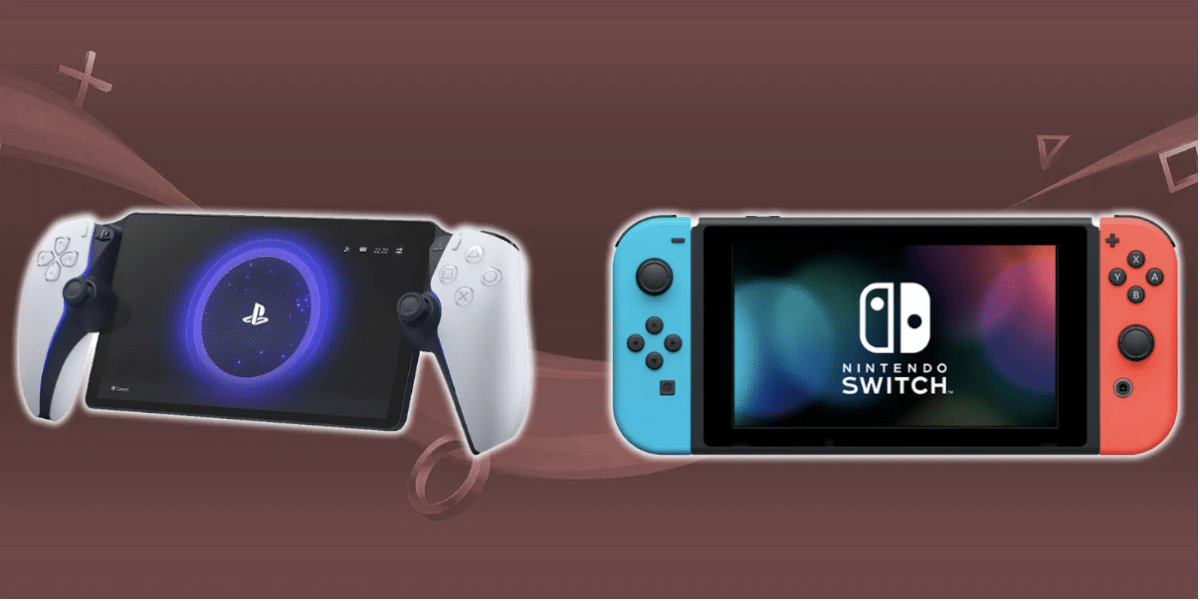
In the battle of handheld gaming, the Nintendo Switch and PlayStation Portal bring their strengths to the table. The Portal impresses with its higher resolution display and powerful graphics, directly tethered to the PS5 for remote play. On the other hand, the Switch’s versatility shines through its independence, allowing gaming on the go without dependency on another console.
While the Portal excels in raw specifications and PS5 game access, its limited portability and necessity for a Wi-Fi-connected PS5 might deter some users. Conversely, the Switch offers a diverse gaming experience with its extensive library and portable design, making it an appealing choice for on-the-go gaming aficionados. Ultimately, the choice between the two depends on individual preferences, gaming habits, and the importance of portability versus graphical prowess.


